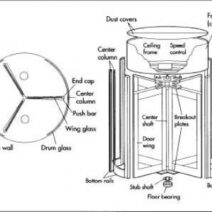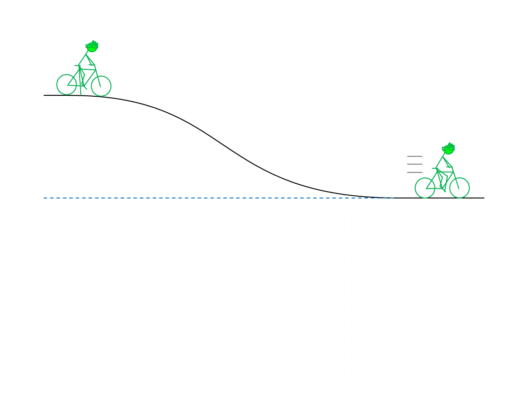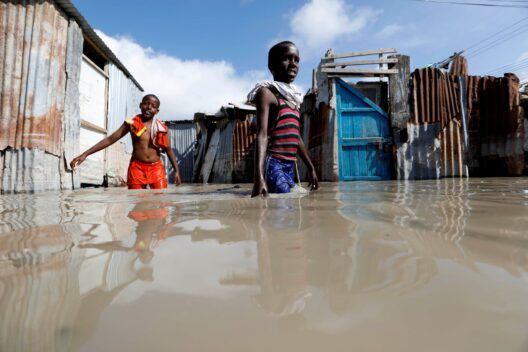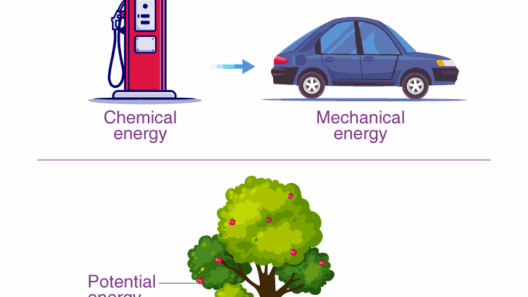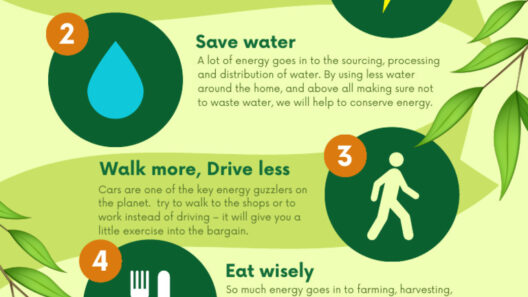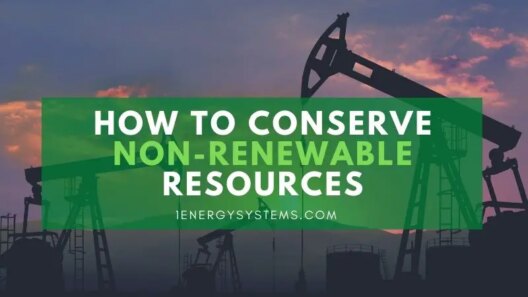Energy conservation is a fundamental principle that resonates across various domains of biology, from the cellular level to complex ecological systems. The concept of energy conservation in biological systems underscores the intricate processes that sustain life, encapsulating how organisms capture, utilize, and recycle energy in innumerable forms.
At the cellular level, one must consider the role of adenosine triphosphate (ATP) as the energy currency of cells. ATP synthesis is a pivotal process that occurs primarily in the mitochondria, organelles often described as the powerhouses of the cell. Through cellular respiration, glucose—derived from the food that organisms consume—is broken down. This catabolic process ultimately regenerates ATP, lending a energetic dynamism to cellular functions, including muscle contraction, enzymatic reactions, and active transport mechanisms.
Furthermore, photosynthesis reveals how energy is conserved and transformed within biological systems. In this process, chloroplasts harness light energy from the sun to convert carbon dioxide and water into glucose and oxygen. The light-dependent and light-independent reactions illustrate a biphasic approach to energy conversion. The first phase captures solar energy to generate ATP and NADPH, while the latter phase employs this energy to synthesize organic compounds. This exemplifies a vital principle in biology: energy is not lost but transformed into different forms that can be utilized by organisms for growth and metabolic functions.
Delving deeper into energy dynamics, we encounter the concept of thermodynamics, which is essential for understanding energy flow in biological systems. The first law of thermodynamics states that energy cannot be created or destroyed, only transformed. In biological terms, this is illustrated through energy transfer in food webs, where each trophic level maintains a balance of energy through consumption and metabolic processes. For instance, herbivores transform the energy stored in plant biomass into their own metabolic energy, which is then passed up the food chain to carnivores. This cyclical energy movement underlines the interdependence of organisms and their environments.
Moreover, energy efficiency plays a critical role in the conservation of energy within ecosystems. Different organisms exhibit various strategies to maximize energy intake and minimize energy expenditure. For instance, endothermic animals, such as mammals, utilize metabolic heat to maintain their body temperature, a process that requires significant energy inputs. In contrast, ectothermic organisms, like reptiles, rely on external environmental sources to regulate their body heat, leading to a markedly different energy conservation strategy. Understanding these adaptations invites a greater appreciation for the evolutionary processes that shape species’ energy economies.
A pivotal aspect of energy conservation is ecological succession, a dynamic process that reflects how ecosystems respond to disturbances. Primary and secondary succession illustrates how energy flow is restored and reconfigured in ecosystems after disruptive events, such as fires or human activities. Initially, pioneer species utilize available resources to reclaim energy flow, establishing a foundation for further biological complexity. Over time, a climax community emerges, characterized by a stable energy balance. This process highlights not only the resilience of biological systems but also the importance of conserving the energy that facilitates ecological recovery.
In addition to trophic dynamics, energy conservation also concerns the biological mechanisms of homeostasis. Organisms must maintain internal stability despite external fluctuations. Energetically costly physiological processes, such as osmoregulation and thermoregulation, are essential for homeostasis. For example, the intricate network of feedback loops—whether they involve hormone signaling or neural responses—demonstrates the sophisticated means by which organisms conserve and allocate energy based on need. Adaptive behaviors further optimize energy use in activities like foraging and migration, reflecting a conscious energy management strategy critical for survival.
On a broader scale, human activities are currently challenging the conservation of energy in biological systems. The ramifications of deforestation, pollution, and climate change disrupt the delicate energy balance that fuels biodiversity. The resultant habitat loss leads to decreased energy flow, which stymies metabolic interactions among species. It is essential to foster sustainable practices that rehabilitate these energy circuits to preserve ecological integrity. Biodiversity is integral to energy conservation since each species plays a specific role in energy processes, from decomposition to pollination.
Furthermore, the concept of energy conservation extends into biogeochemical cycles, wherein elements like carbon, nitrogen, and phosphorus cycle through ecosystems and organisms. These cycles are pivotal in maintaining energy equilibrium within ecosystems. Energy captured by photosynthesis then undergoes transformation and conservation through intricate pathways that link living organisms and non-living components, such as soil and water. Disruption of these cycles can lead to energy loss, emphasizing the necessity of fostering environmental stewardship to mitigate pollution or habitat degradation.
As one contemplates the question, “Is energy conserved in biology?” it becomes evident the answer encompasses a multidimensional exploration of how life sustains itself through energy transformation and conservation. From cellular respiration to ecological interactions, these processes illustrate the universality of energy principles. Conservation of energy does not merely apply to physical principles but thrives in the complex interplay of biological systems—demonstrating life’s reliance on energy in myriad forms.
Ultimately, a holistic approach to understanding energy conservation in biology elucidates the interconnectedness between life forms and their environments, reinforcing the critical importance of conservation efforts. A sustainable future hinges on our ability to recognize and preserve the intricate energy networks that support life on our planet.


